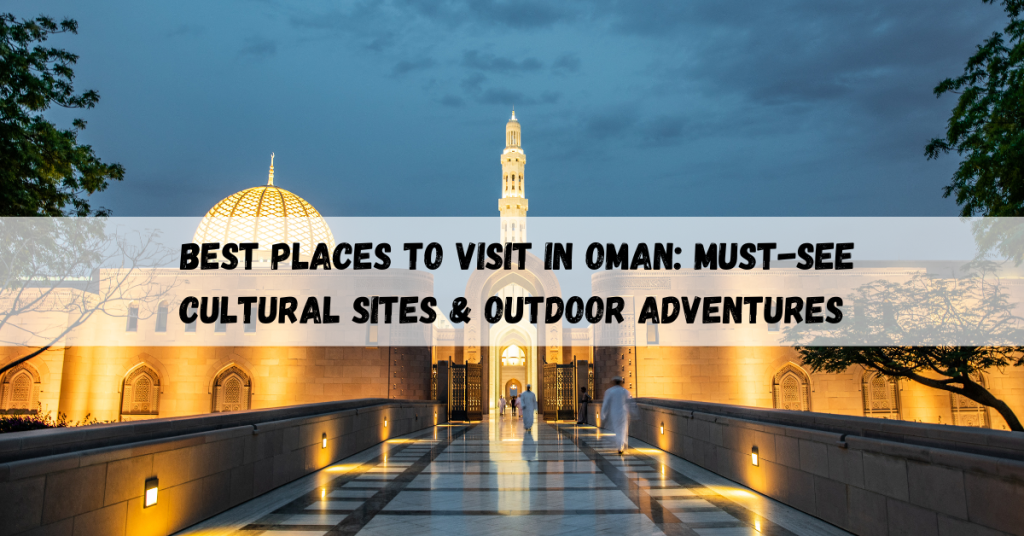Oman is a land where tradition meets adventure. Whether you want to immerse yourself in ancient Arabian culture, explore breathtaking landscapes, or experience thrilling outdoor activities, this country has something for everyone. From the majestic Sultan Qaboos Grand Mosque to the golden dunes of the Wahiba Sands, Oman’s beauty is endless. Let’s dive into the best best places to visit in Oman.
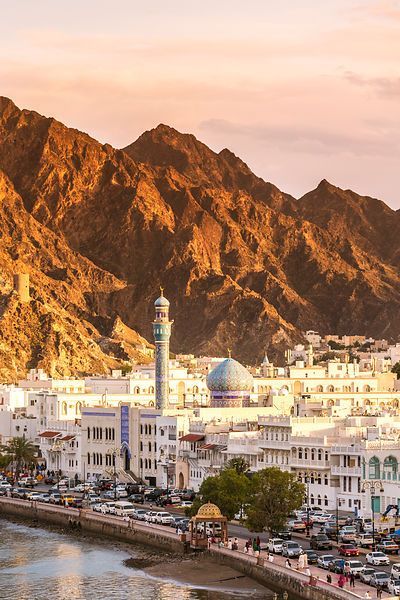
Exploring Omani Culture: A Journey Through Tradition
Oman takes great pride in its heritage, with traditions deeply rooted in Bedouin culture, Islamic customs, and ancient trade routes. Exploring Oman means experiencing its grand mosques, lively souks, historic forts, and traditional hospitality.
Table: Must-Experience Cultural Activities in Oman
| Activity | Description | Best For |
| Visiting Sultan Qaboos Grand Mosque | A masterpiece of Islamic architecture. | History & culture lovers |
| Exploring Mutrah Souk | A historic market with traditional goods. | Shopping enthusiasts |
| Experiencing Omani Hospitality | Enjoying Arabic coffee and dates in a local Majlis. | Cultural explorers |
| Discovering Oman’s Forts | Exploring ancient castles and their history. | History buffs |
Visiting the Sultan Qaboos Grand Mosque
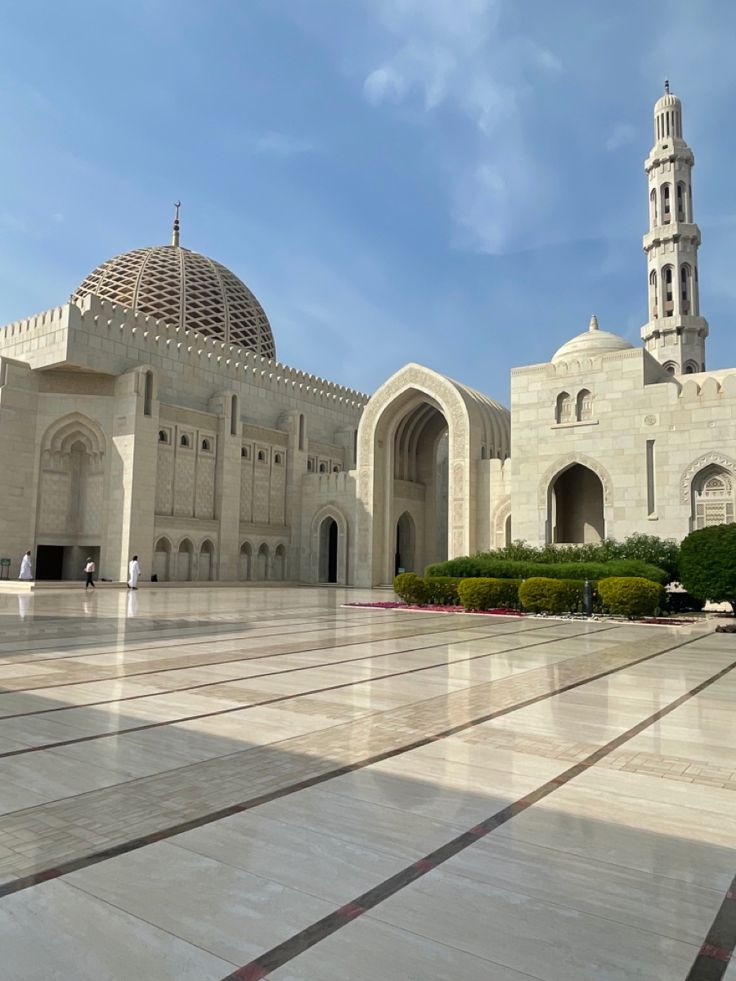
The Sultan Qaboos Grand Mosque in Muscat is one of the most magnificent landmarks in Oman and a masterpiece of Islamic architecture. The mosque’s intricate tilework, grand arches, and stunning domes make it an awe-inspiring sight. Inside, visitors can admire the world’s second-largest handwoven carpet, which took four years to complete, and a massive chandelier adorned with Swarovski crystals.
The mosque is open to non-Muslim visitors during specific hours, offering a unique opportunity to learn about Islamic traditions and Omani culture. The surrounding gardens and serene courtyards provide a peaceful atmosphere, making it a must-visit for architecture lovers and cultural explorers alike.
Exploring Traditional Omani Souks
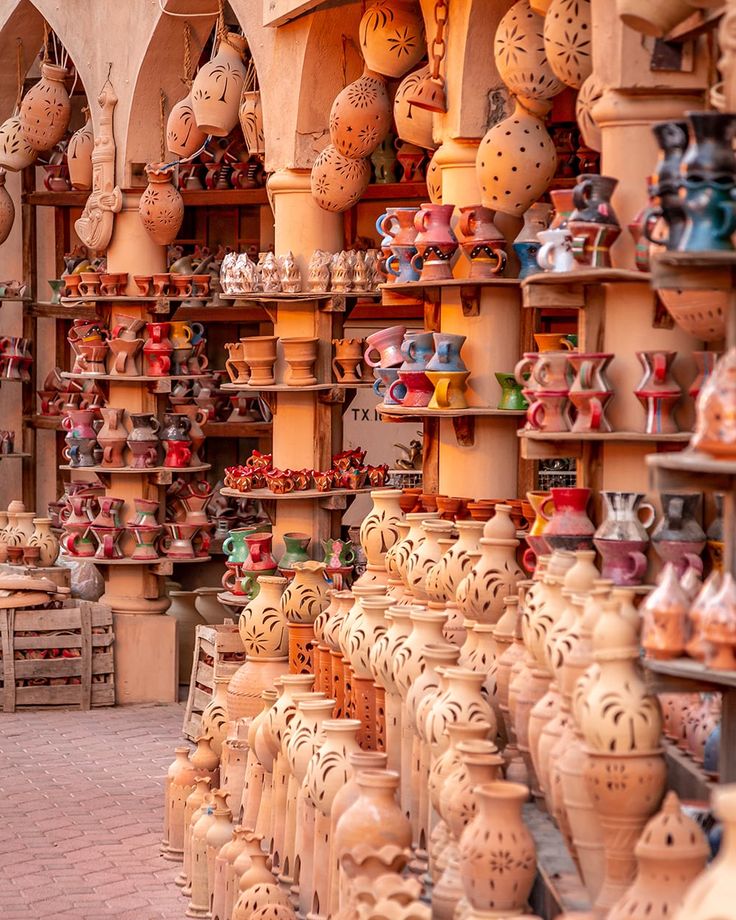
A visit to an Omani souk is a journey into the heart of the country’s culture and history. The Mutrah Souk in Muscat is one of the oldest and most vibrant markets in the Arabian Peninsula. Its narrow, winding alleys are lined with shops selling spices, silver jewelry, traditional textiles, handmade pottery, and the famous Omani frankincense.
The scent of burning oud and the lively chatter of merchants create an authentic Arabian atmosphere. Bargaining is a common practice, and exploring the market is a great way to experience Omani hospitality firsthand. Whether you’re looking for souvenirs, traditional clothing, or unique handicrafts, the souks of Oman are the perfect place to soak in the local culture.
The Beauty of Omani Hospitality and Majlis Culture
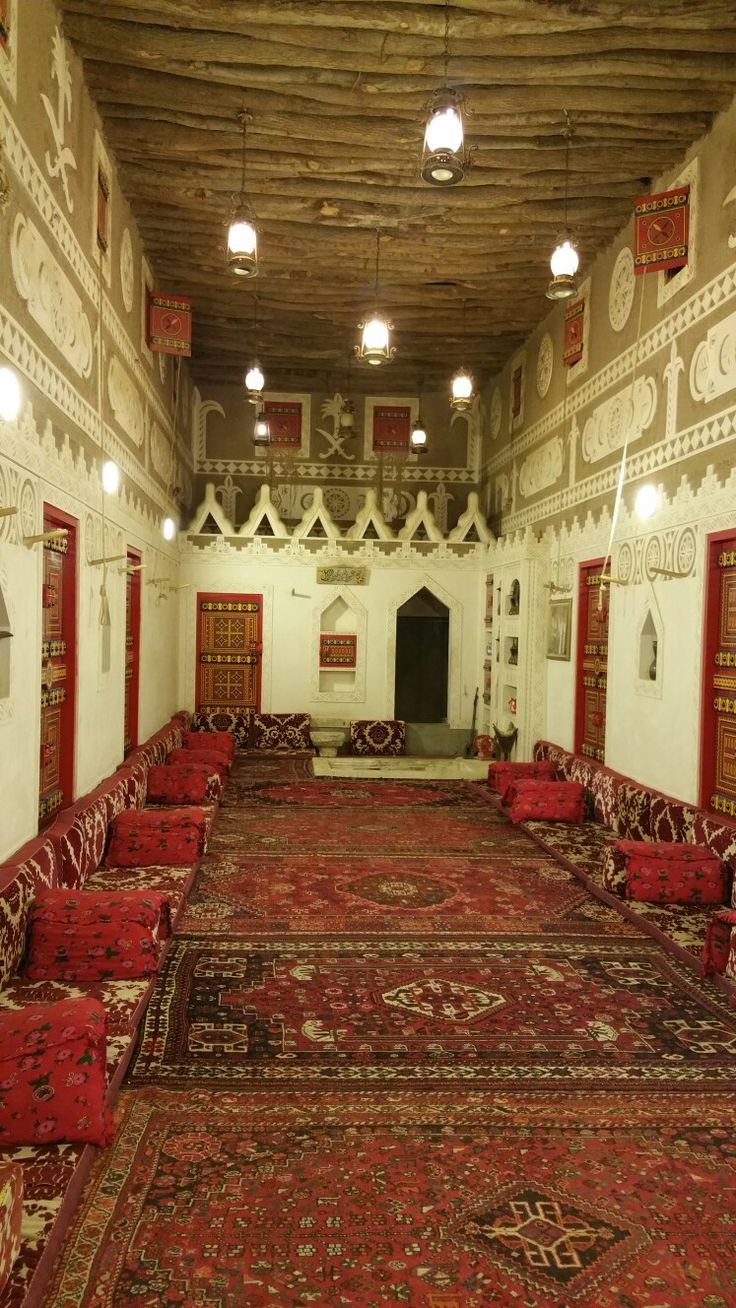
- Omani hospitality is deeply rooted in tradition, reflecting the country’s strong values of generosity and respect.
- Guests are welcomed with Arabic coffee (Kahwa) and fresh dates, a customary gesture symbolizing warmth and friendship.
- The Majlis (traditional sitting area) is central to Omani culture, serving as a space for social gatherings, discussions, and storytelling.
- Omani Majlis settings often feature floor cushions, handcrafted rugs, and incense, creating a welcoming and relaxed atmosphere.
- Hospitality extends beyond homes, as Omanis also offer warm welcomes to visitors in markets, mosques, and even roadside cafés.
Enjoying an Omani Traditional Meal
-
Must-Try Omani Dishes:
-
-
- Shuwa: A traditional dish of slow-cooked lamb marinated in spices, wrapped in banana leaves, and cooked underground for up to 48 hours.
- Majboos: A flavorful spiced rice dish with meat or seafood, similar to biryani but with a unique Omani twist.
- Mashuai: A delicious grilled kingfish dish served with lemon rice, popular in coastal regions.
- Halwa: A sweet, sticky dessert made from saffron, rosewater, and nuts, often served with coffee.
-
-
Omani Dining Traditions:
-
- Meals are often served on large communal platters, encouraging sharing and togetherness.
- Traditional dining is done while sitting on the floor, enhancing the communal experience.
- Eating with the right hand is customary, following traditional Arabian etiquette.
- Meals are often followed by Kahwa (Arabic coffee) and Omani Halwa, completing the dining experience with a touch of sweetness.
Omani hospitality and cuisine provide a deeply cultural experience that reflects the country’s history, warmth, and generosity.
Camping Under the Stars in the Wahiba Sands
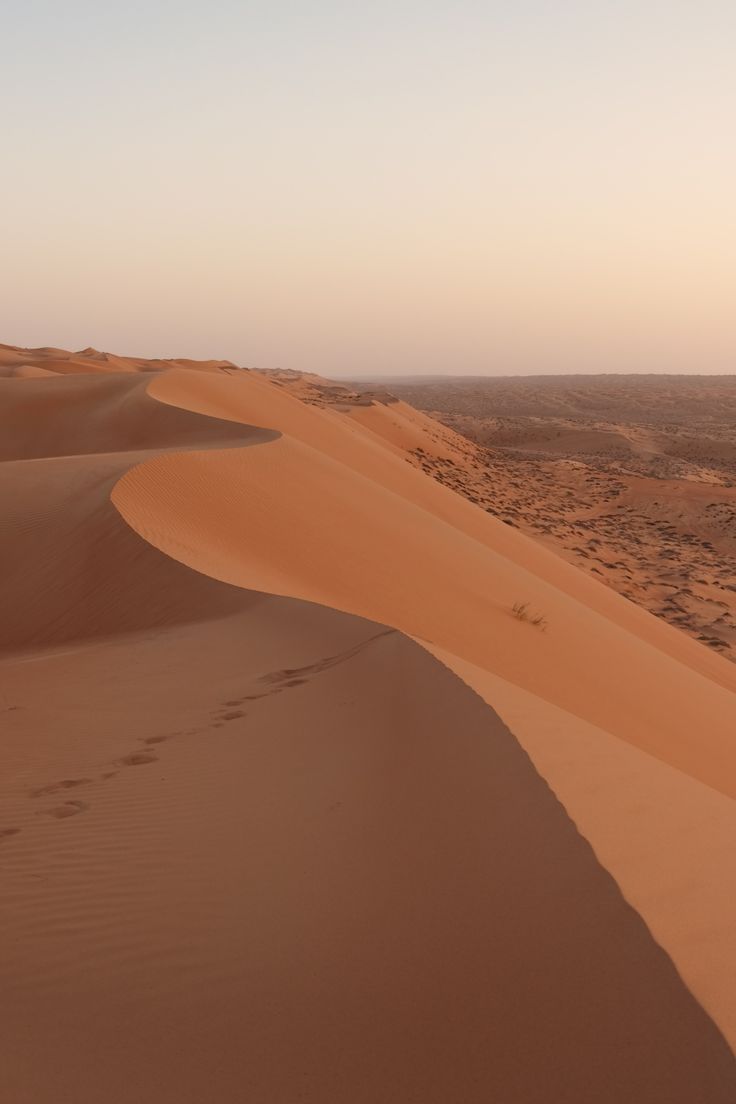
SAMSUNG CSC
The Wahiba Sands, also known as the Sharqiya Sands, is a vast desert stretching over 12,500 square kilometers, offering one of Oman’s most magical camping experiences. The rolling golden dunes, peaceful silence, and star-filled sky make it a dream destination for adventure seekers and nature lovers.
Why Camp in the Wahiba Sands?
- Breathtaking Scenery: Endless dunes that change color with the sun, creating a stunning landscape.
- Incredible Stargazing: With zero light pollution, the night sky is a spectacular sight.
- Authentic Desert Experience: Stay in a Bedouin-style camp, enjoy traditional Omani meals, and experience warm desert hospitality.
Activities to Enjoy
- Camel Trekking & Sandboarding: Ride across the dunes or slide down them for an adrenaline rush.
- 4×4 Dune Bashing: A thrilling off-road adventure with expert drivers.
- Sunset & Sunrise Views: Witness the desert painted in golden and pink hues.
Best Time to Visit
The ideal time for camping is October to April, when temperatures are cooler. Summer months can be extremely hot.
Camping in the Wahiba Sands is a must-do experience, combining adventure, culture, and unforgettable desert beauty.
Adventure Activities in Oman
| Activity | Location | Best For |
| Hiking & Trekking | Jebel Akhdar, Jebel Shams | Nature lovers & hikers |
| Diving & Snorkeling | Daymaniyat Islands, Musandam | Marine enthusiasts |
| Dolphin Watching | Muscat, Khasab | Wildlife lovers |
| Wadi Exploration | Wadi Shab, Wadi Bani Khalid | Adventure seekers |
Hiking and Trekking in Jebel Akhdar and Jebel Shams
Oman’s Jebel Akhdar (The Green Mountain) and Jebel Shams (The Grand Canyon of Oman) offer some of the most scenic hiking trails in the region.
Jebel Akhdar
- Known for terraced farms, pomegranate orchards, and rose gardens, creating stunning landscapes.
- The Wadi Bani Habib trail takes hikers through abandoned villages and lush greenery.
- Diana’s Point offers breathtaking views of the rugged mountain terrain.
- Cooler temperatures year-round make it an ideal trekking destination.
Jebel Shams
- Oman’s highest peak (3,009m), offering spectacular canyon views.
- The “Balcony Walk” (W6 Trail) runs along the canyon edge with jaw-dropping vistas.
- The Summit Trail (W4) is a challenging trek leading to Oman’s highest accessible point.
- Cool climate, even in summer, makes it perfect for outdoor adventures.
Both mountains offer thrilling treks, incredible views, and a refreshing escape from the desert heat.
Diving and Snorkeling in Oman’s Crystal Waters
With over 3,000 km of coastline, Oman is a top diving destination with clear waters, coral reefs, and abundant marine life.
Best Diving & Snorkeling Spots
- Daymaniyat Islands: A marine reserve with vibrant coral reefs, sea turtles, and whale sharks.
- Musandam Peninsula: Offers cave diving, dolphin encounters, and fjord-like coastlines.
- Bandar Khayran: Home to hidden coves, shipwrecks, and thriving coral gardens.
- Mirbat (Dhofar): Best for spotting giant manta rays and deep-sea marine life.
Why Dive in Oman?
- Diverse Marine Life: Over 1,000 species of fish, turtles, and dolphins.
- For All Skill Levels: Shallow reefs for beginners, deep wrecks for experts.
- Year-Round Access: Best diving from September to May, but great spots all year.
Whether snorkeling over colorful reefs or diving with majestic sea creatures, Oman’s underwater world is a must-see.
Dolphin Watching in Muscat
- A thrilling boat ride in the waters of Muscat gives visitors the chance to see wild dolphins swimming freely in their natural habitat.
- Common species spotted include spinner dolphins, bottlenose dolphins, and sometimes humpback whales.
- Best experienced in the early morning when the sea is calmer, providing better visibility and a higher chance of sightings.
- Tours last around 2–3 hours, with options for combining dolphin watching with snorkeling trips.
- The best time for dolphin watching is between October and May, when marine activity is at its peak.
Exploring Wadi Shab and Wadi Bani Khalid
Wadi Shab
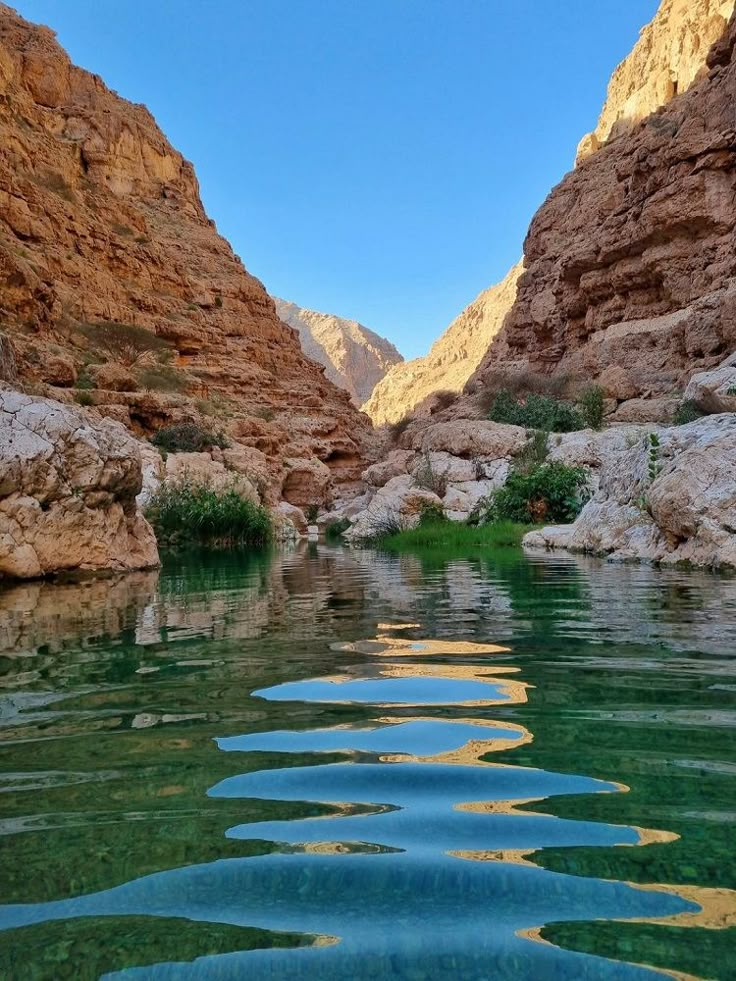
- Famous for its hidden waterfalls and turquoise pools, accessible after a short boat ride and a 45-minute scenic hike.
- Narrow canyons with towering cliffs create a stunning natural backdrop for adventurers and photographers.
- Visitors can swim through a cave to reach a breathtaking waterfall, a highlight of the experience.
- Best visited in the cooler months (October–April), when the water is refreshing, and the hike is more comfortable.
Wadi Bani Khalid
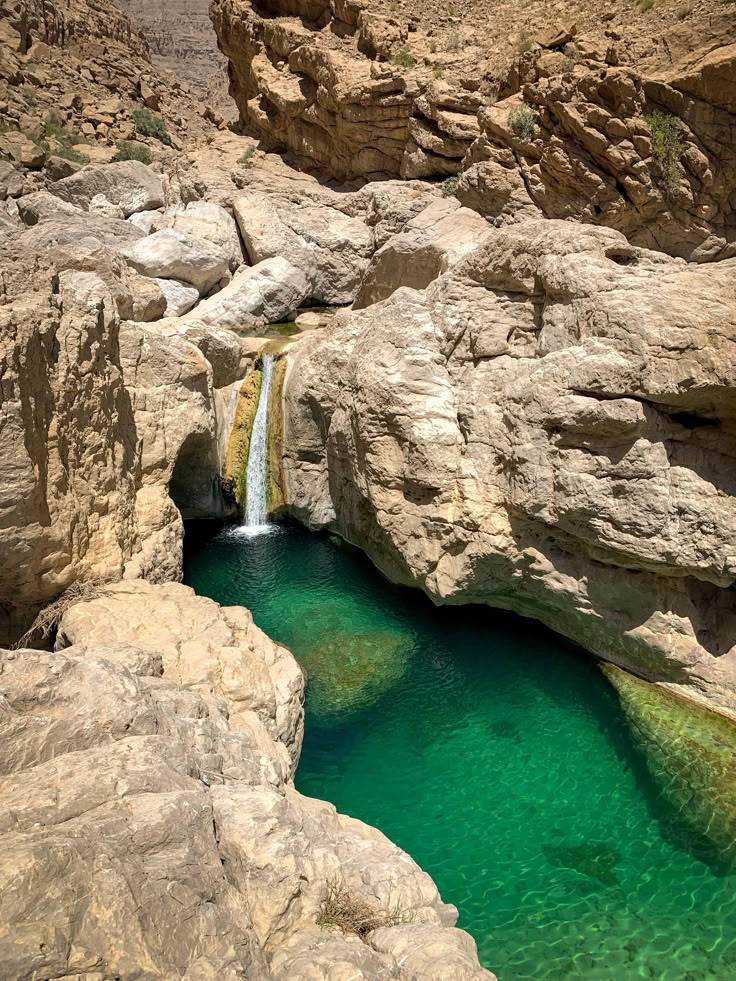
- Known for its year-round crystal-clear waters, making it one of Oman’s most accessible and beautiful wadis.
- Surrounded by lush palm trees and rocky cliffs, offering a picture-perfect oasis setting.
- Features natural rock pools ideal for swimming, with shallow and deep sections suitable for all ages.
- Easier to reach than Wadi Shab, with direct access to swimming areas and shaded spots for relaxation.
- Small cafés and picnic spots nearby make it a great place for a full-day visit.
Both Wadi Shab and Wadi Bani Khalid offer stunning landscapes, refreshing swims, and unforgettable natural beauty, making them must-visit destinations in Oman.
From exploring ancient forts and lively souks to embarking on desert and ocean adventures, Oman is a destination that captivates every traveler. Whether you’re looking for cultural immersion or adrenaline-pumping activities, Oman has it all. So, why wait? Start planning your Omani adventure today!
Frequently Asked Questions (FAQs)
What is the best time to visit Oman?
Between October and April when the weather is cooler.
Do I need a permit to visit the Sultan Qaboos Grand Mosque?
No, but visitors must dress modestly and visit during non-prayer hours.
Is Oman safe for solo travelers?
Yes! Oman is one of the safest countries in the Middle East.
Can I camp in the Wahiba Sands?
Yes, you can camp independently or stay in a Bedouin desert camp.
What’s the most unique cultural experience in Oman?
Sharing Kahwa and dates in an Omani Majlis is an unforgettable cultural experience.
